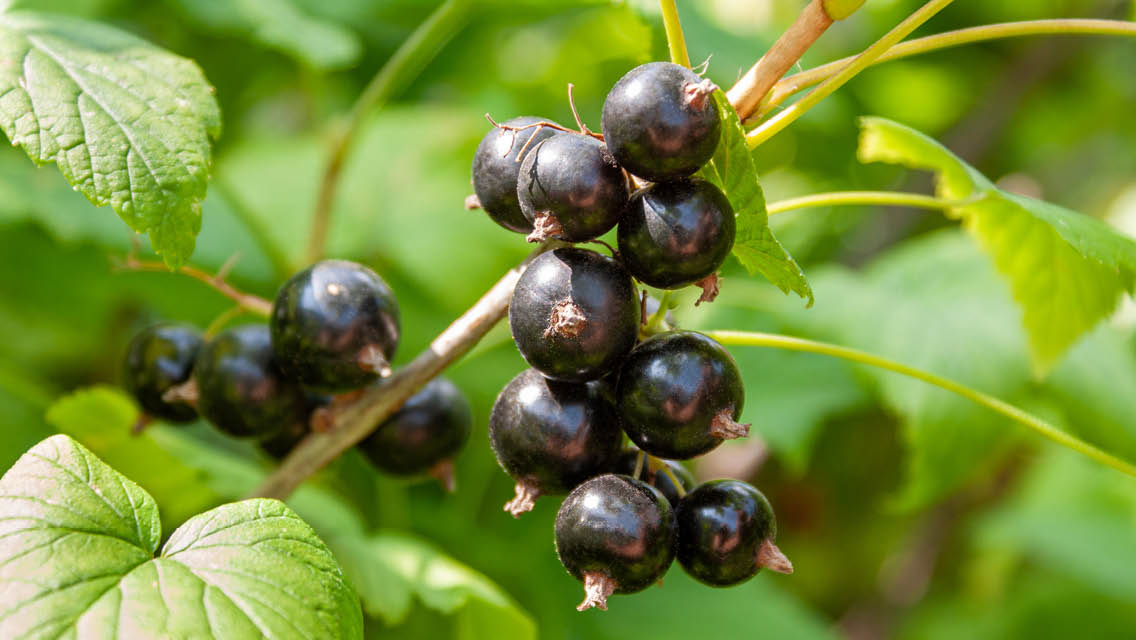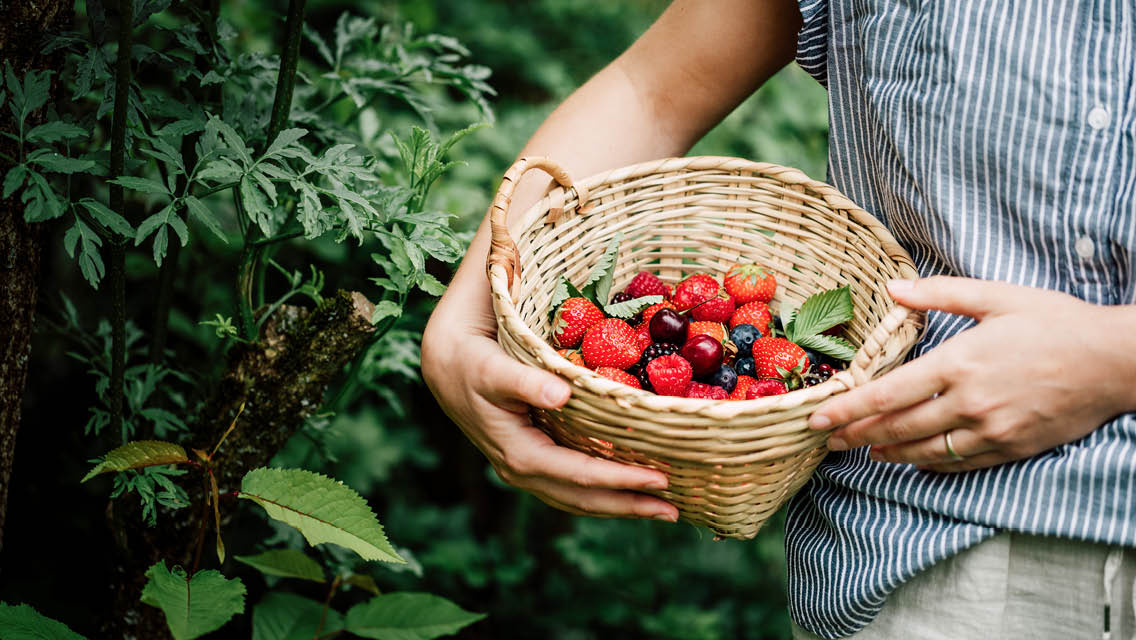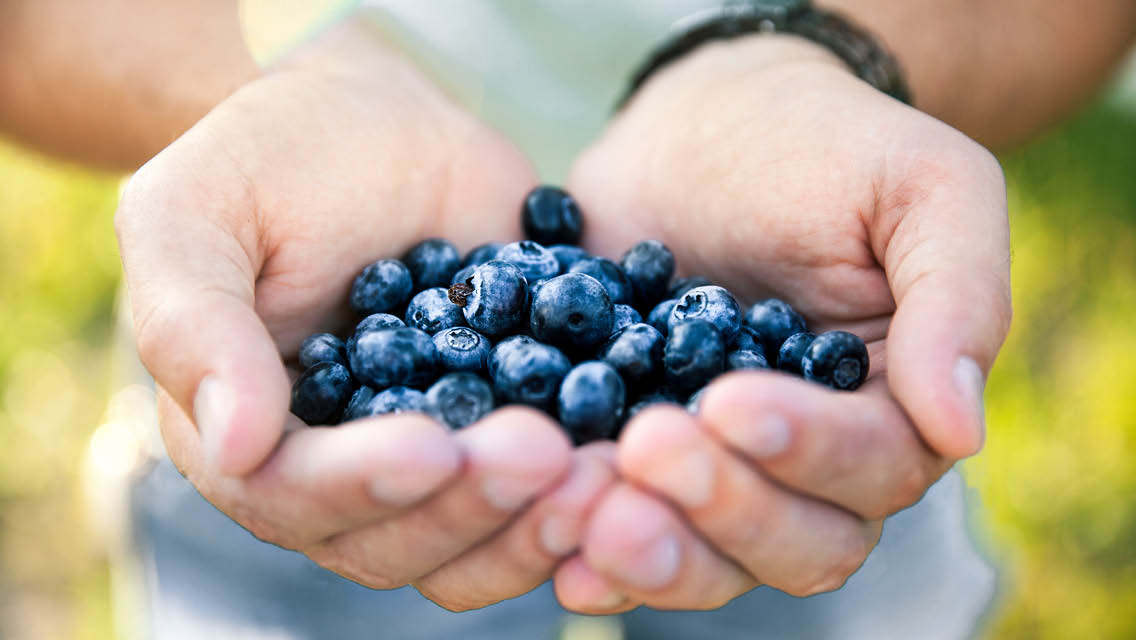Black Currants
Commonly found in preserves because they contain so much pectin, as well as in syrups and liqueurs (think cassis), fresh black currants are not to be confused with more familiar Zante currants, which are not berries but a tiny grape varietal.
Due to their deeply dark skin, black currants score high on the anthocyanin scale — higher than conventionally grown blueberries. They also have four times the vitamin C of oranges.
Native to Europe and Asia, black currants are especially popular in Britain, where even purple Skittles are black-currant flavored, not grape flavored as they are in the United States.
(Try them with this recipe for Mediterranean Greens With Feta, Mint, Olives, and Currants.)
Goji Berries
Also known as wolfberries, these bright red members of the nightshade family are typically eaten dried, and they taste like a raisin-cranberry mash-up. Long popular in China, goji berries earn their reputation as a superfood by packing high quantities of antioxidants, carotenoids, vitamins, and minerals.
These berries are particularly high in lutein and zeaxanthin, both beneficial for the eyes. In one small but promising study, published in 2021 in the journal Nutrients, healthy adults who ate a handful of goji berries five times a week for roughly 13 weeks significantly boosted the protective pigments in their eyes, the same pigments capable of preventing age-related macular degeneration.
(For a healthy, satisfying breakfast try them in this Sunrise Grainless Granola.)
Golden berries
Packaged in a papery husk, similar to tomatillos, golden berries deliver a bevy of vitamins and nutrients just like their counterparts, but they outperform most other berries when it comes to carotenoids and phytosterols. Carotenoids, particularly lutein and zeaxanthin, help ward off chronic eye disease. Phytosterols may help lower LDL cholesterol.
Serviceberries
Also called saskatoon or shadblow or juneberries, serviceberries are a member of the rose family. Plentiful in U.S. parks and landscaping, serviceberries most resemble blueberries. They ripen to a deep purple and taste like a blend of mild blueberries and almonds.
Like many of their berry brethren, serviceberries are rich in anthocyanins and vitamin C.
Mulberries
Mulberry trees are common in backyards and parks throughout the United States and Asia, where these sweet-tart fruits are an important food source for birds and other wildlife. They contain resveratrol and plenty of vitamin C. Mulberries can be white, red, or dark purple, and they look like long-ish blackberries. They’re often consumed dried because they’re too delicate for travel.





This Post Has 0 Comments